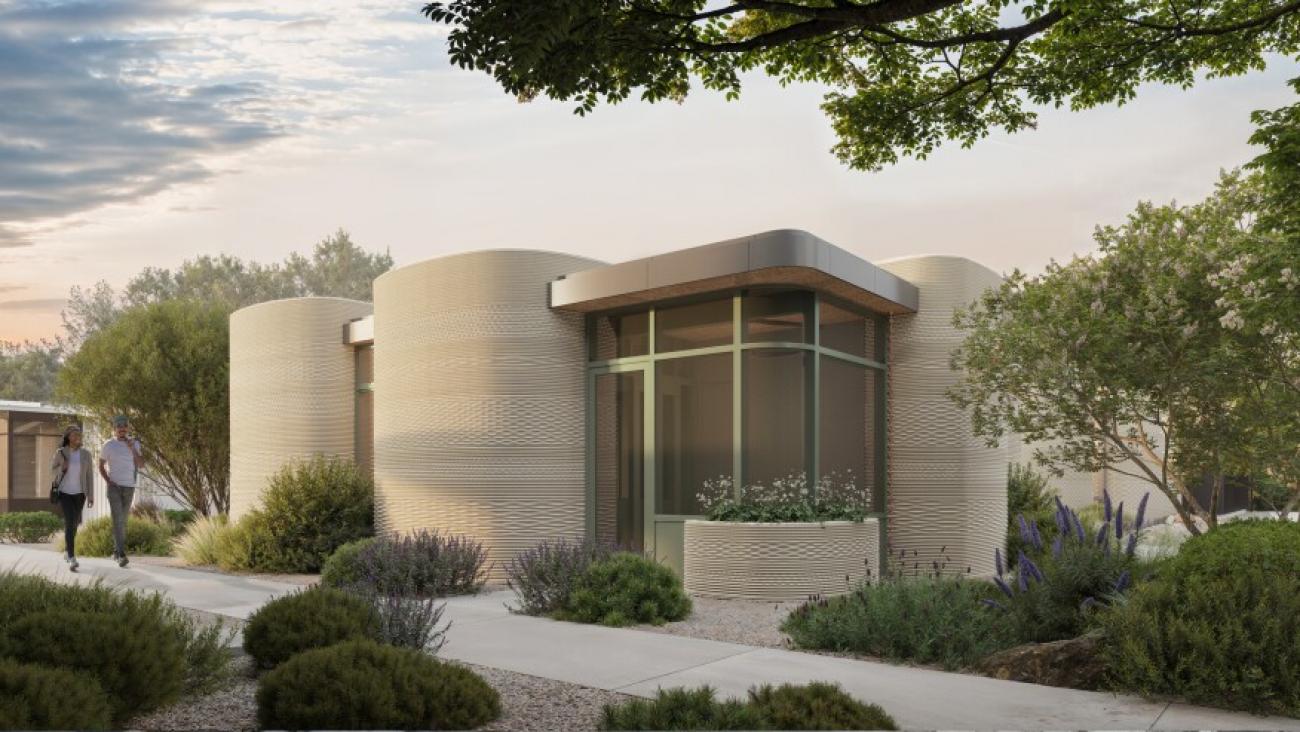
The winners of the second and final phase of Initiative 99, a global competition to design affordable housing that can be built for $99,000 or less, were announced today by ICON, a leader in 3D printing technology. In a major step forward for the future of affordable housing, two of the winning designs from the Professional category will be 3D-printed for a nonprofit community in Austin, Texas, dedicated to serving the area’s homeless population (as of 2023, it’s estimated to be around 4,600 people, according to recent data).

The top prize winners and honorable mentions of Phase I were subsequently invited to advance their designs within Phase II of Initiative 99. Phase II asked contestants to adapt their designs to site constraints and parameters for construction at Community First! Village. First, second, and third place winners have been awarded in both the open and student categories, as well as three honorable mentions per category. Two of the award-winning designs have also been selected for construction at Community First! Village and will be brought to life in part from grant funding from Wells Fargo. Construction is anticipated to break ground in early 2025.
A Global Effort with Local Impact
Launched earlier this year, Initiative 99 attracted submissions from over 60 countries, showcasing designs that addressed the pressing global need for affordable housing. ICON revealed the Phase 1 winners in March during a technology showcase at SXSW. Since then, the competition has moved to its final phase, with teams tailoring their designs to meet the specific needs of Community First! Village.

Winners in the Professional category include Guerin Glass Architects from the U.S., MTspace Studio from New Zealand, and Concave, a team with members from various locations. Notably, both Guerin Glass Architects and Concave have been selected to have their designs 3D-printed at Community First! Village. “ICON’s innovative 3D-printed technology paired with these beautiful, imaginative Initiative 99 designs can be a model for the future of safe, high quality, affordable housing,” said Darlene Goins, president of the Wells Fargo Foundation, whose foundation has committed $500,000 to help make these homes a reality through grant funding. “Wells Fargo is proud to help make these 3D-printed homes a reality at Community First! Village.”

“We are thrilled with the evolution of each team’s submission from Phase 1 to Phase 2 of the competition," said Melodie Yashar, ICON’s VP of Building Performance and Design. "We believe the designs generated by the competition introduce a wealth of ideas to advance progress on affordable housing worldwide.”

Expanding the Vision Beyond Austin
The impact of Initiative 99 extends beyond Austin, with winning designs also being incorporated into other forward-thinking projects. ICON has partnered with Liz Lambert to expand the iconic El Cosmico campground in Marfa, Texas, using winning designs from the competition. The project will feature new hotels, homes, and hospitality spaces over a newly designed 60-acre plot.
In addition to these high-profile projects, the winning designs from Initiative 99 will also be featured in ICON’s CODEX, a digital library of ready-to-print architectural plans. Builders, developers, and homeowners can access the designs to bring affordable, world-class architecture to life using 3D printing.
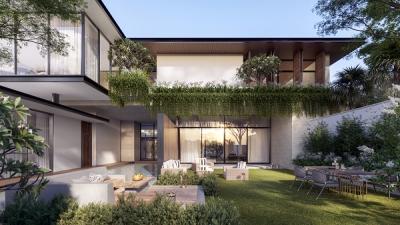
The News 10/11/2025
In the midst of the hustle and bustle of urban life, many Vietnamese families are looking for a different living space – where they can enjoy modernity without being far from nature. Tropical Modern villa architecture is the perfect answer to this need. Not only an aesthetic trend, this is also a smart design philosophy, harmoniously combining technology, local materials and Vietnam's typical tropical climate.
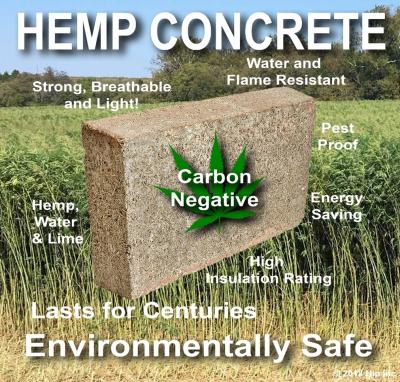
The News 25/10/2025
Hemp-lime (hempcrete) is a non-load-bearing covering material consisting of a hemp wood core (hemp shiv/hurd) combined with a lime-based adhesive, outstanding for its insulation – moisture conditioning – indoor environmental durability; in particular, IRC 2024 – Appendix BL has established a normative line applicable to low-rise housing, strengthening the technical-legal feasibility of this biomaterial.
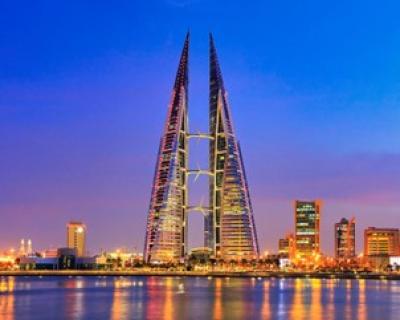
The News 11/10/2025
Amid rapid urbanization and global climate change, architecture is not only construction but also the art of harmonizing people, the environment, and technology. The Bahrain World Trade Center (BWTC)—the iconic twin towers in Manama, Bahrain—is a vivid testament to this fusion. Completed in 2008, BWTC is not only the tallest building in Bahrain (240 meters) but also the first building in the world to integrate wind turbines into its primary structure, supplying renewable energy to itself [1]. This article explores the BWTC’s structural system and design principles, examining how it overcomes the challenges of a desert environment to become a convincing sustainable model for future cities. Through an academic lens, we will see that BWTC is not merely a building but a declaration of architectural creativity.
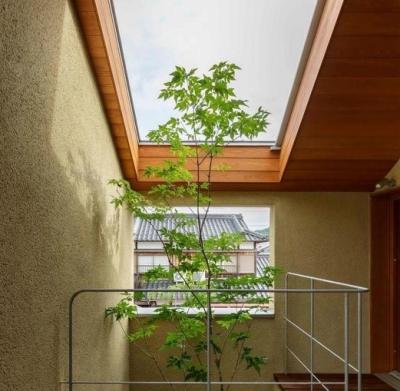
The News 04/10/2025
As buildings move toward net zero architecture and glare free daylighting, traditional glass façades reveal limitations: high thermal conductivity (~0.9–1.0 W/m·K), susceptibility to glare, and shattering on impact. In this context, transparent wood (TW) is emerging as a multifunctional bio based material: it offers high light transmission yet strong diffusion (high haze) to prevent glare, lower thermal conductivity than glass, and tough, non shattering failure. Recent reviews in Energy & Buildings (2025) and Cellulose (2023) regard TW as a candidate for next generation windows and skylights in energy efficient buildings. [1]
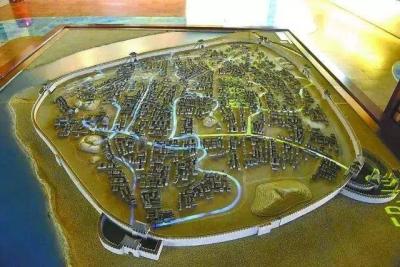
The News 27/09/2025
Urban flooding is one of the greatest challenges of the modern era, when sudden and unpredictable rainstorms can paralyze entire cities. Few would imagine that over a thousand years ago, people had already discovered a sustainable solution: the Fushougou drainage system in the ancient city of Ganzhou, Jiangxi. Built during the Northern Song dynasty, this project remains effective to this day, protecting the city from floods—even during historic deluges. The story of Fushougou is not only a testament to ancient engineering but also a valuable reference for today’s cities seeking answers to water and flooding problems.
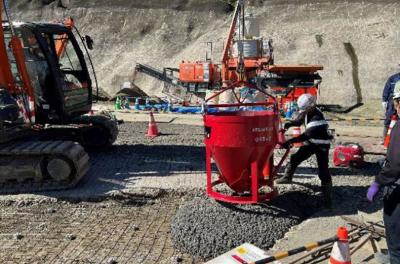
The News 20/09/2025
The construction industry is currently facing immense pressure to reduce carbon emissions, as concrete is not only one of the most widely used materials but also a major source of CO₂ due to its reliance on Portland cement. In response, Shimizu Corporation has conducted extensive research to develop sustainable material solutions aimed at achieving carbon neutrality. One of the most remarkable outcomes is carbon-negative concrete, which partially replaces cement and aggregates with biochar. This biochar is produced from sawdust through a carbonization process and has the unique ability to retain a significant amount of carbon that would otherwise be released into the atmosphere through natural decomposition or combustion. Thanks to this property, carbon-negative concrete not only maintains the necessary mechanical strength for construction but also directly contributes to reducing greenhouse gas emissions. This innovation is considered a promising step that opens new directions for the advancement of green construction in Japan and worldwide.